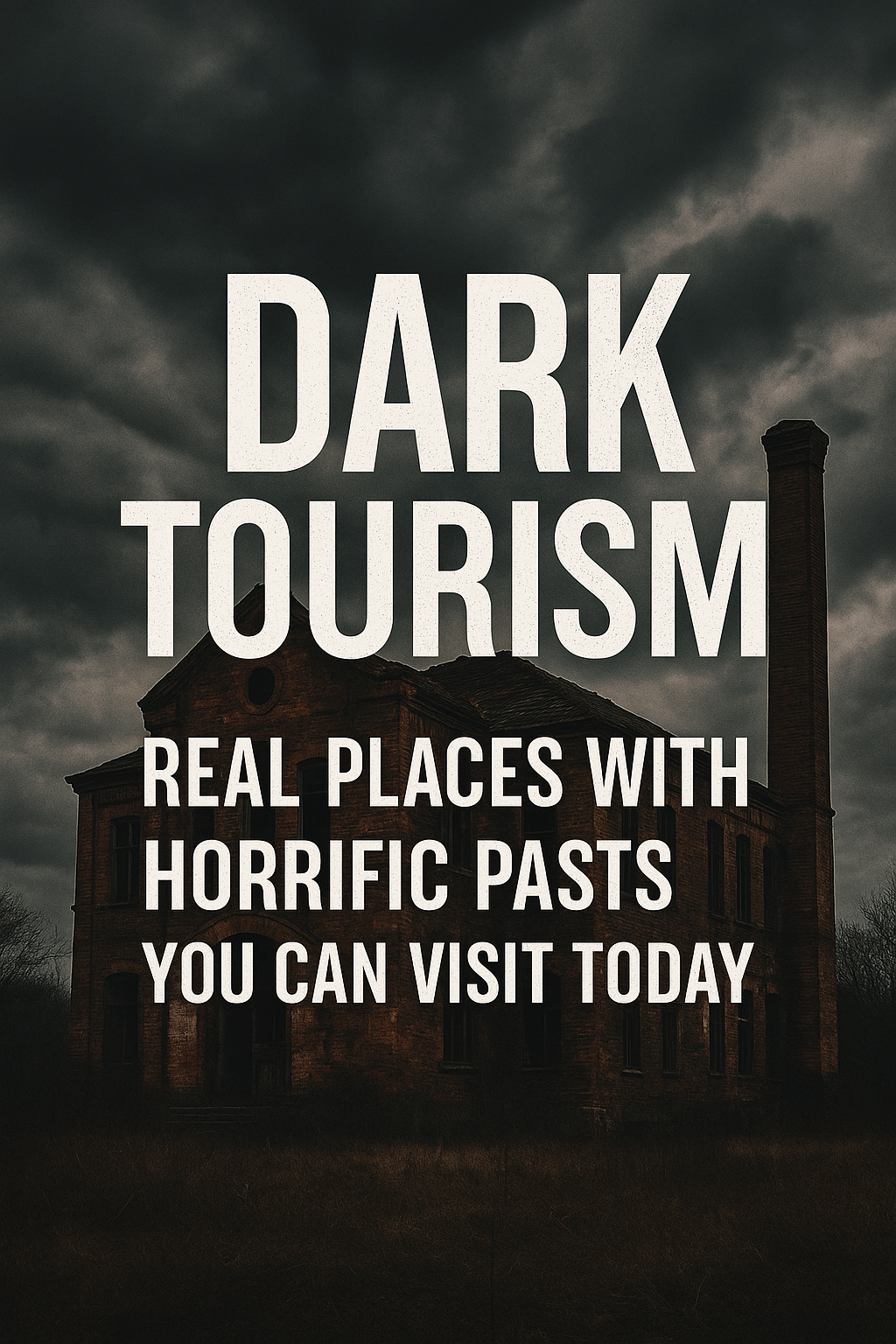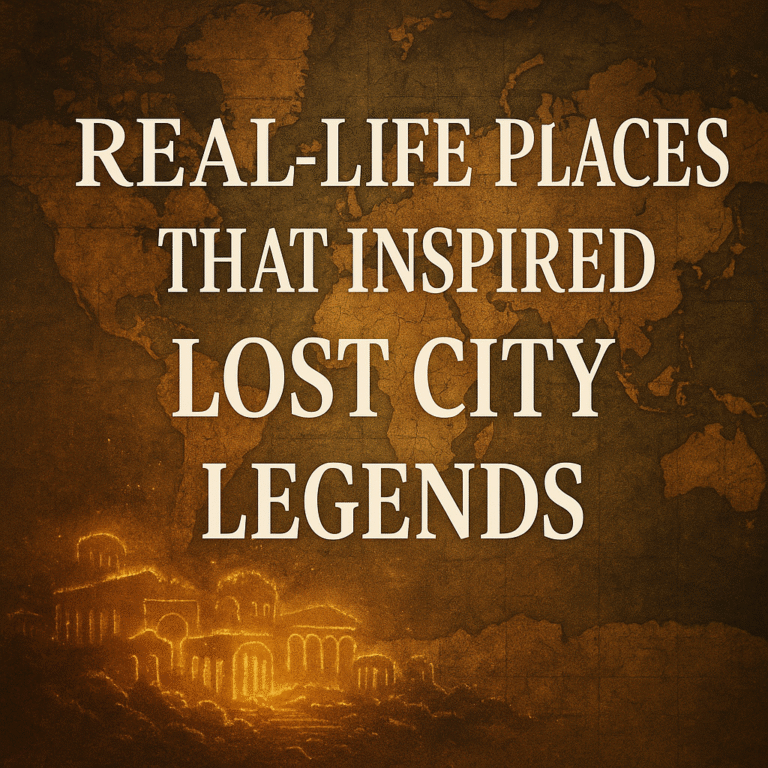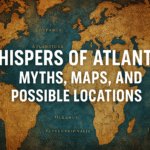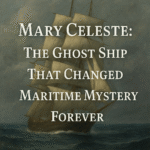
🏚️ Introduction: Why Are We Drawn to the Dark?
Dark tourism, also known as grief tourism, refers to visiting places historically associated with death, tragedy, or suffering. While it may seem morbid, millions of people seek out these destinations each year—not for thrill-seeking, but for understanding, remembrance, and reflection.
From abandoned disaster zones to execution sites, these real locations carry emotional weight, revealing parts of history that textbooks sometimes skip.
🧭 1. Chernobyl Exclusion Zone – Pripyat, Ukraine
The Chernobyl nuclear disaster in 1986 remains one of the worst in history. The nearby city of Pripyat was evacuated overnight, leaving behind a frozen moment in time—ferris wheels, classrooms, and homes still intact.
Highlights:
- Guided tours from Kyiv now include safety gear.
- See the abandoned amusement park, reactor site, and eerie residential blocks.
Why visit?
To understand the human cost of nuclear energy failure and see how nature reclaims man-made ruins.
🏚️ 2. Auschwitz-Birkenau – Poland
The Auschwitz concentration camp is the most notorious symbol of the Holocaust. Over 1.1 million people—most of them Jews—were murdered here during World War II.
Highlights:
- Intact gas chambers, bunkers, and barbed wire.
- Museum exhibits include prisoner belongings and Nazi records.
Why visit?
To witness the scale of genocide and ensure history’s darkest lessons are never forgotten.
🏰 3. Bran Castle – Romania (aka Dracula’s Castle)
Often associated with Vlad the Impaler—the inspiration for Dracula—this 14th-century castle sits atop a cliff and is steeped in gothic lore.
Highlights:
- Creepy corridors, torture rooms, and vampire legends.
- Nearby ruins and folklore villages enhance the eerie atmosphere.
Why visit?
To explore the intersection of myth and violence, and enjoy Transylvania’s haunting beauty.
🌋 4. Pompeii – Italy
When Mount Vesuvius erupted in 79 AD, the Roman city of Pompeii was buried in ash, preserving its citizens mid-action—many still visible today.
Highlights:
- Human casts frozen in fear.
- Frescoes, temples, and homes almost intact.
Why visit?
It’s a chilling look at a civilization stopped in its tracks, providing insight into Roman life and sudden death.
🚪 5. Alcatraz Island – San Francisco, USA
Once home to some of America’s most dangerous criminals, Alcatraz Federal Penitentiary operated from 1934 to 1963 on an isolated island in San Francisco Bay. Surrounded by cold, shark-infested waters, escape seemed impossible—but mystery surrounds the few who tried.
Highlights:
- Explore eerie prison cells, isolation chambers, and the warden’s house.
- Hear audio recordings of real inmate stories and attempted escapes.
- See the remnants of prison riots and graffiti left by prisoners.
Why visit?
To walk the line between justice and isolation, and to reflect on the thin boundary between punishment and humanity.nd understand the global impact of that day.
⛓️ 6. Tuol Sleng Genocide Museum – Phnom Penh, Cambodia
Originally a high school, Tuol Sleng (S-21) became a Khmer Rouge prison where over 17,000 people were tortured and executed in the 1970s.
Highlights:
- Prison cells, instruments of torture, and photos of victims.
- Nearby Killing Fields add context.
Why visit?
To confront the horrors of political extremism and mass execution.
🪦 7. Catacombs of Paris – France
Beneath Paris lies a labyrinth of tunnels lined with the bones of over 6 million people, transferred there from overflowing cemeteries in the 18th century.
Highlights:
- Stacked skulls and femurs arranged into eerie patterns.
- Silent, cold, and hauntingly beautiful.
Why visit?
To explore the literal underworld of one of the world’s most romantic cities—and its very grim past.
🏚️ 8. Oradour-sur-Glane – France
In June 1944, Nazis massacred 642 residents of this peaceful French village. The town has been preserved exactly as it was left—burnt-out cars, bullet holes, collapsed buildings.
Highlights:
- A “silent memorial” village frozen in time.
- Museum exhibits and survivor testimonies.
Why visit?
To experience the cost of war and the lasting scars of occupation.
🚧 Ethics of Dark Tourism: Is It Disrespectful?
That depends on how you engage.
✔️ Responsible dark tourism is about education, empathy, and remembrance.
❌ Insensitive behavior, such as selfies at mass graves or mocking sacred spaces, is harmful.
Tips:
- Follow site guidelines.
- Show quiet respect.
- Learn before you go.
🧠 Why We’re Drawn to Darkness
Experts suggest several reasons:
- Curiosity about human suffering.
- A desire to witness history firsthand.
- Reflection on mortality and empathy.
- An urge to understand the worst of humanity, so it’s never repeated.
Dark tourism isn’t about glorifying tragedy—it’s about remembering the cost of being human.
🧳 Final Thoughts: Traveling With Depth
Some vacations are about beaches. Others are about something deeper. Dark tourism offers a journey into the soul of history—raw, uncomfortable, but necessary.
These places tell stories that demand to be remembered. When we walk their haunted grounds, we honor those who can no longer speak.
🕯️ May we travel not just to escape life, but to understand it.








